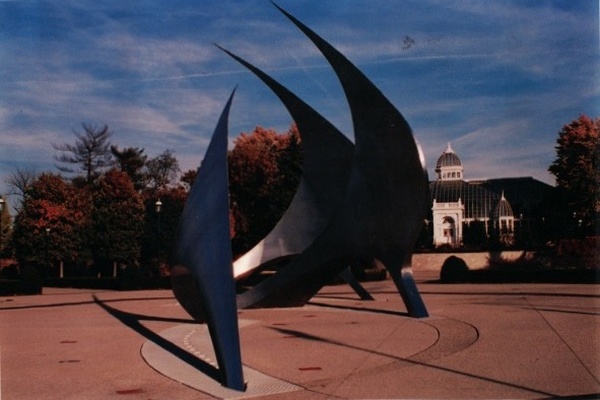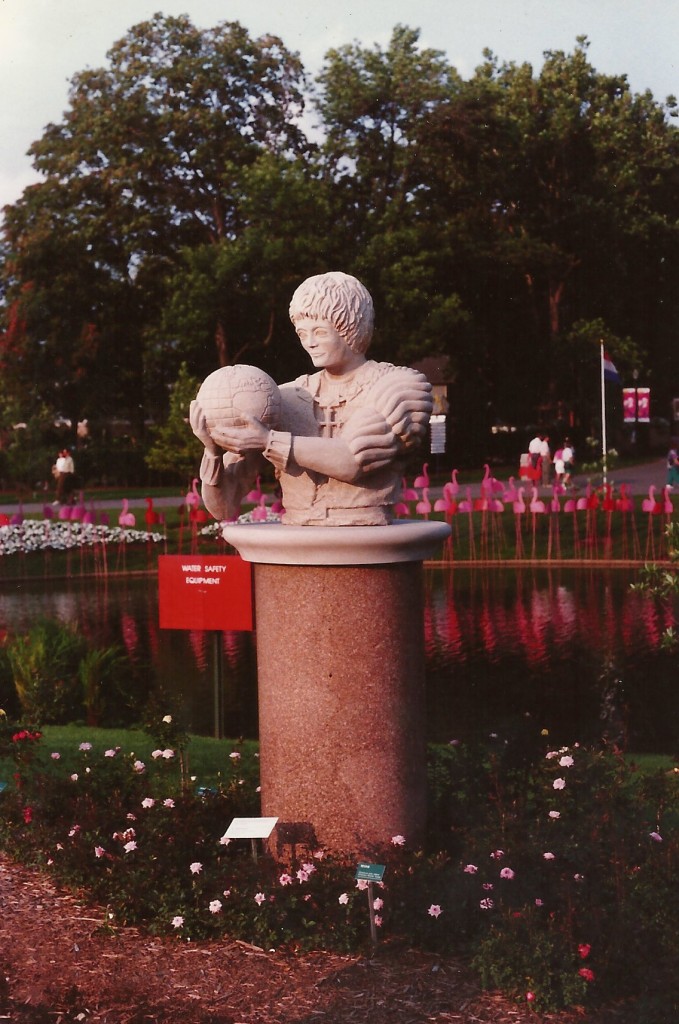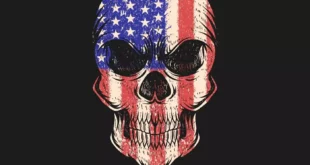Leftists tear down Columbus statue in Baltimore.
Why do they hate Italians so much? pic.twitter.com/IpNRCtyKhO
— DeAnna Lorraine ?? (@DeAnna4Congress) July 5, 2020
I suppose by the end of the summer, there won’t be a single statue of the man who discovered this continent left standing on it, save perhaps the one in Mexico City.
This is actually heart-breaking.
AP:
Baltimore protesters pulled down a statue of Christopher Columbus and threw it into the city’s Inner Harbor on Saturday night.
Demonstrators used ropes to topple the monument near the Little Italy neighborhood, news outlets reported.
Protesters mobilized by the death of George Floyd at the hands of police have called for the removal of statues of Columbus, Confederate figures and others. They say the Italian explorer is responsible for the genocide and exploitation of native peoples in the Americas.
According to The Baltimore Sun, the statue was owned by the city and dedicated in 1984 by former Mayor William Donald Schaefer and President Ronald Reagan.
A spokesman for Baltimore Mayor Bernard C. “Jack” Young told The Sun the toppling of the statue is a part of a national and global reexamination over monuments “that may represent different things to different people.”
Sure.
A mob of rioters that pulled down a historic monument and threw it in the river on the Fourth of July were just part of a reexamination of meaning.
Okay.

If the core symbols of our culture mean vastly different things to different people, to the point where one side thinks they’re great and a core part of their identity and the other side thinks they’re pure evil and have to be violently ripped down by a mob in the middle of the night, then we no longer live in a society.
I’m having a hard time with this statue thing, personally. Columbus statues in particular trigger this, because I grew up in a city named Columbus and he always seemed to be there watching over things. Other than just statues, his image appeared a lot.
We had an event called “Ameriflora” in 1992 when I was 6 years old. It was planned as a celebration of the 500-year anniversary of Christopher Columbus landing in America, but it turned into a hundred million dollar flower themed theme park. (If you’d like to know more, the New York Times has in their archives an article from that summer about the event. A more recent Columbus Dispatch article featured some nice pictures.)
It lasted six months and was also a kind of theme park. The city lost tens of millions of dollars. Other than the fact a six month $100 million flower show is a stupid idea, and they put it in the middle of a black ghetto and everyone was afraid to park their car, I would blame the failure of the event on the disgusting “abstract art” that was placed in the park, presumably by the local Jews. (I don’t just say that off-handedly, we have many Jews in Columbus who try to put this sort of obscenity all over the city. The disgusting official poster for the event was designed by a Jew.)
It was really nasty stuff. It is jarring on its own, but when contrasted with the beautiful conservatory buildings, built in the park in the late 1800s, and the flora itself, it tore the psyche.
You can see that contrast in this fantastic home video from the event.
There were also many statues of Christopher Columbus there, which were very nice, and cleansed the palate. One I will always remember featured the explorer holding a globe like a bowling ball.
Everyone laughed about the awkwardness of the pose, but looking at it now, I can see it as a metaphor – he was an explorer, bowling over the unknown in his quest for adventure.
Of course, Columbus never set foot in Ohio. The story is that one of the founders of the city was just a very big fan of Columbus and his adventures and lobbied the state to name the settlement after him.
I’ve been thinking a lot about the man since the mayor announced he is tearing down the statue at city hall and destroying other symbols of the great Italian explorer. I am really able to appreciate the role that Christopher Columbus played in the culture that I grew up in. He was a truly inspirational figure, who anyone should be able to look toward and say, “I should try to be as dedicated to my own endeavors as he was to his.”
It is deeply saddening to me that there are millennials who grew up with this same Columbus imagery that I grew up with who are now attacking him. When I see that, I understand that this goes beyond politics, and that these people are deeply damaged individuals.
We should remember that these monuments we build to great men are to commemorate the men as individuals, but they are also to commemorate all of those who served to create whatever time period they lived in. However, these people are dead, so the real reason we build them is for ourselves. The lionizing of great men makes us want to be better versions of ourselves, as we are reminded that the world will still be here 500 years after we die, and we only have this short period to make our mark on it. They also serve to remind us that we do not exist in a void, for our bloodlines stretch back through the ages. We are links in an unbroken chain that leads to Adam and Eve. It is from this past that our identity originates, and we too play a role in shaping the identities of future generations. There is in life such a thing as duty and if we sever our connection to the past, we are depriving future generations of something that by rights is theirs as much as it is ours.
If people cannot agree on something so basic an idea as “our cultural identity and the heroes that represent it are above reproach,” there is no possible way they could be considered something other than subversive elements, and evil.
 Daily Stormer The Most Censored Publication in History
Daily Stormer The Most Censored Publication in History





